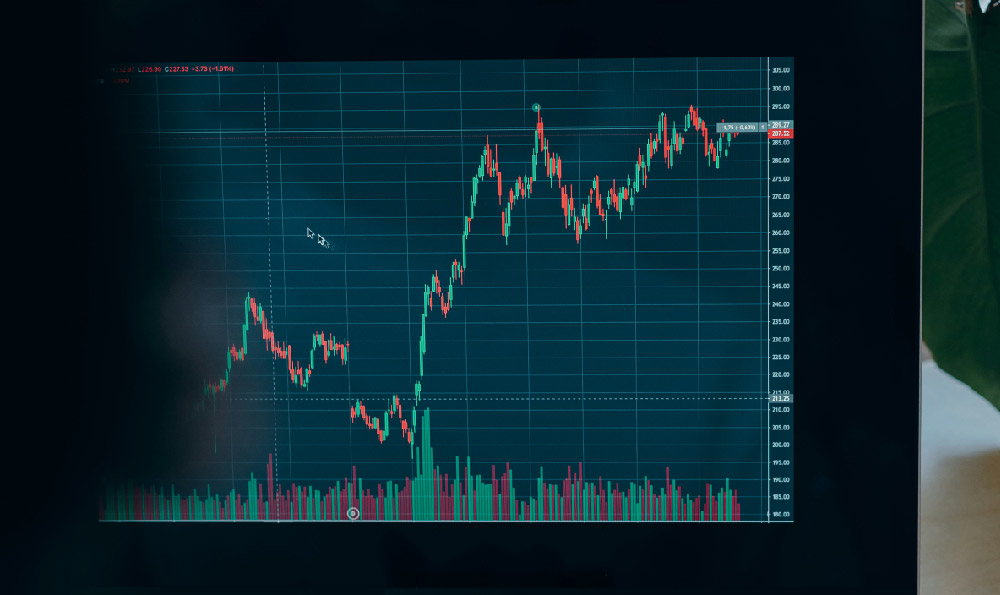How to Make Money in Star Citizen? What are the Best Methods?
Earning aUEC (Alpha United Earth Credits) in Star Citizen is crucial for upgrading your ships, buying new equipment, and ultimately participating in the game's dynamic economy. While there's no single "best" method, the ideal approach depends on your skills, preferences, the current game state, and, importantly, your available ships. Here’s a comprehensive guide to maximizing your earning potential in the Star Citizen universe, covering various activities and strategies:
Trading is a foundational element of any economy, and Star Citizen is no exception. The core principle is simple: buy low, sell high. The complexities lie in identifying profitable trade routes, managing cargo space, and mitigating risks like piracy or ship damage. The profitability of a trade run is influenced by supply and demand at different locations. Tools like online trade calculators and community-driven price tracking websites can be invaluable. These tools help you identify discrepancies between buying and selling prices across various landing zones and stations.
The type of ship you use significantly impacts your trading capacity and efficiency. Larger cargo ships like the Caterpillar or the Hull C (when available) can haul massive amounts of cargo, leading to potentially huge profits per run, but require substantial upfront investment and increased risk due to their size and slower maneuverability. Smaller, more agile ships like the Freelancer or the Cutlass Black offer a more balanced approach, allowing for faster transit times and greater defense capabilities, albeit with lower cargo capacity. Remember to factor in the cost of fuel, repairs, and potential cargo losses when calculating your net profit. Monitoring in-game events that affect resource availability or create artificial demand spikes is also crucial for optimizing trading profits.

Mining provides a direct route to wealth generation by extracting valuable resources from asteroids and planets. There are two primary types of mining: manual mining, which involves using handheld mining tools on surface deposits, and ship-based mining, which utilizes dedicated mining vessels like the Prospector or the MOLE. Manual mining is a low-risk, low-reward activity suitable for beginners. It involves scanning for mineral deposits on planets or moons, extracting them with a mining tool, and refining the raw materials for sale. The advantage is the low initial investment; the disadvantage is the relatively slow pace and limited yield.
Ship-based mining offers significantly higher earning potential but requires a substantial upfront investment in a mining ship and associated modules. These ships are equipped with mining lasers, scanners, and cargo holds for extracting and storing mined resources. The process involves scanning asteroids for valuable minerals, tuning the mining laser to optimize extraction efficiency, and managing the stability of the mining process to avoid explosions or module malfunctions. Profitability hinges on finding asteroids rich in valuable minerals like Quantanium, which can fetch extremely high prices but are also highly volatile and require immediate refining and sale to avoid instability. Mining requires careful resource management, spatial awareness, and the ability to react quickly to unexpected events.
Bounty Hunting offers a thrilling way to earn aUEC by tracking down and eliminating criminal targets. The higher the threat level of the target, the greater the reward. The challenge lies in outmaneuvering and defeating enemy ships, often in unpredictable environments. Bounty hunting ships need to be agile, well-armed, and equipped with advanced sensors for tracking targets. Popular choices include the Arrow, Gladius, and Avenger Titan for solo players, and heavier fighters like the Vanguard Warden or Super Hornet for group play.
Success in bounty hunting depends on piloting skills, combat awareness, and the ability to effectively manage ship systems during combat. It’s also important to choose bounties that are appropriate for your ship's capabilities and your own skill level. Starting with low-risk bounties and gradually working your way up to more challenging targets is a prudent approach. Coordinating with other players in a group can significantly increase your chances of success, especially when tackling high-value targets or dealing with multiple enemies. Be aware that taking on bounties also carries the risk of being targeted by other players who may be sympathetic to the criminals you are hunting, or simply looking for an easy kill.
Completing Missions is a versatile way to earn aUEC by performing various tasks for NPCs or organizations. These missions can range from simple delivery tasks to complex investigation missions or even combat operations. The rewards vary depending on the difficulty and complexity of the mission. Delivery missions involve transporting goods from one location to another, requiring a ship with cargo capacity. Investigation missions require you to gather clues, solve puzzles, and potentially engage in combat. Combat missions involve engaging enemy ships or ground forces.
Mission selection is crucial for maximizing efficiency. Choosing missions that align with your ship's capabilities and your personal preferences can significantly improve your success rate and earning potential. For example, if you enjoy flying combat missions, prioritize combat-oriented missions. If you prefer a more relaxed approach, delivery or investigation missions might be a better fit. Always read the mission briefing carefully before accepting it to ensure you understand the objectives, risks, and potential rewards. Utilizing in-game tools like the mobiGlas can help you track your progress and navigate to mission objectives.
Salvaging is an emerging gameplay loop that involves recovering valuable materials from derelict ships and wrecks. It presents a unique opportunity to profit from the debris of space battles and abandoned vessels. Specialized salvage ships like the Drake Vulture and Aegis Reclaimer are equipped with tools for stripping components, collecting raw materials, and processing salvageable items.
The process involves locating derelict ships or wrecks, using scanning tools to identify valuable components and materials, and then using salvage tools to extract these resources. The profitability of salvaging depends on the type of salvage available, the efficiency of your salvage tools, and the current market prices for salvaged materials. Salvaging can be a dangerous profession, as wrecks may be located in hazardous environments or guarded by pirates or other scavengers. Being prepared for combat and having a well-equipped ship are essential for survival.
Ultimately, the best way to make money in Star Citizen is to experiment with different activities, find what you enjoy, and focus on optimizing your skills and equipment for that specific role. The game is constantly evolving, with new features and changes being introduced regularly. Staying informed about the latest updates and adapting your strategies accordingly is key to long-term success in the Star Citizen universe. Remember to prioritize risk management, diversify your income streams, and always be prepared for the unexpected. With persistence and a little bit of luck, you can amass a fortune and carve out a successful career for yourself among the stars.















